Kenova Elementary School (1890s-2011)
Introduction
Text-to-speech Audio
Images
Kenova Elementary School was originally housed in this frame building on 11th and Poplar Streets. It burned down sometime between 1906 and 1910. Image courtesy of the Ceredo Historical Society Museum.
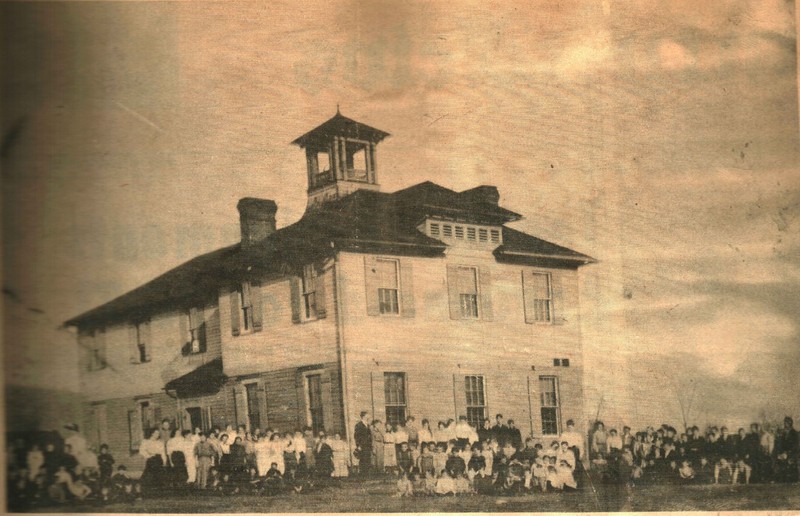
Third Grade Kenova Elementary School class in 1899. The teachers are identified as W. W. Smith and Betty Lambert. Image courtesy of the Ceredo Historical Society Museum.
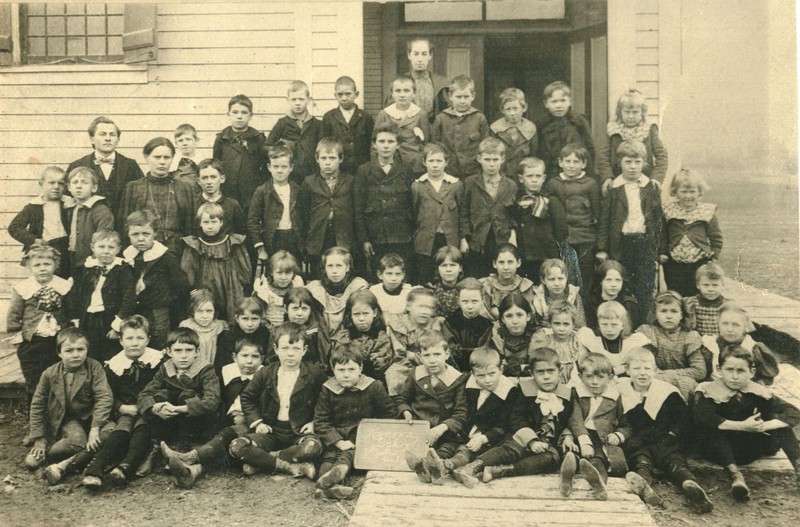
The first building constructed at the school complex between 14th and 15th streets was this brick building, sometime after 1906. It was later destroyed by fire. Image courtesy of the Ceredo Historical Society Museum.
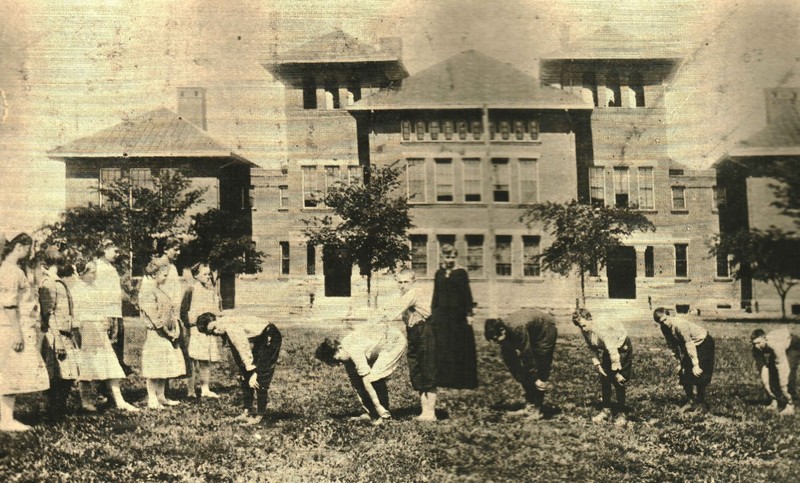
The 1926 building was the longest-lasting portion of the school complex. Image obtained from Locations Hub.
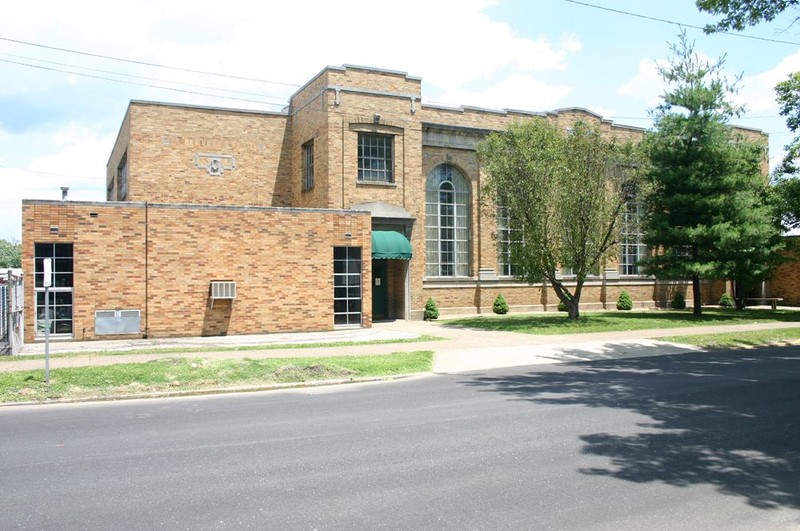
This red brick portion was constructed sometime in the 1940s. Image obtained from Locations Hub.
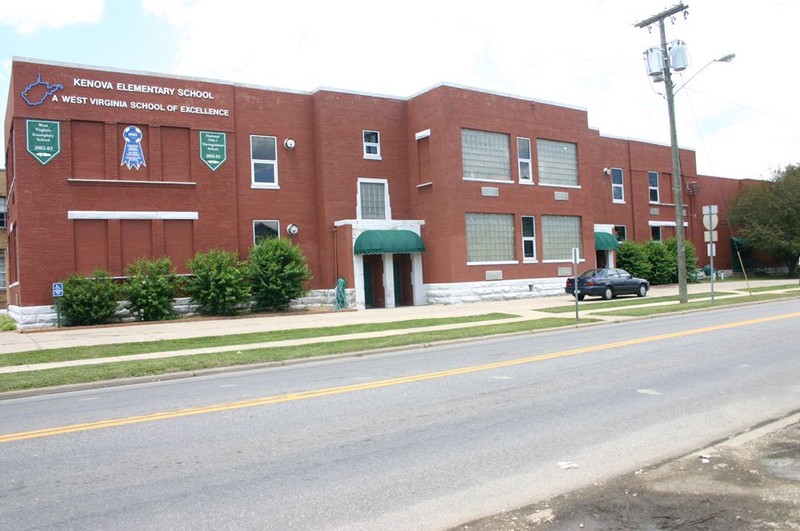
The school complex in 1960-1961. Image courtesy of the Ceredo Historical Society Museum.
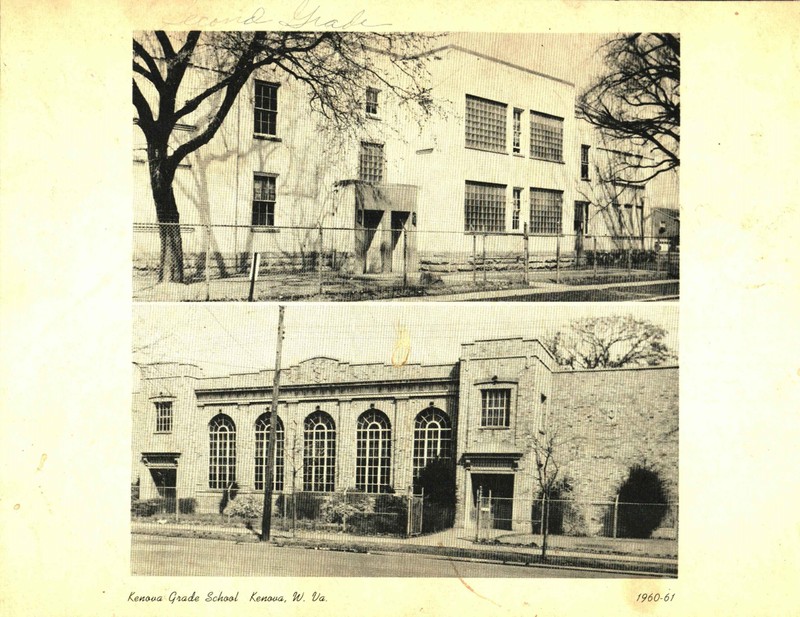
The Simpson and Ruth Griffith Memorial Flower Garden was installed in 2000. With the demolition of the buildings in 2018, it is now the only surviving portion of the school complex. Image obtained from Locations Hub.
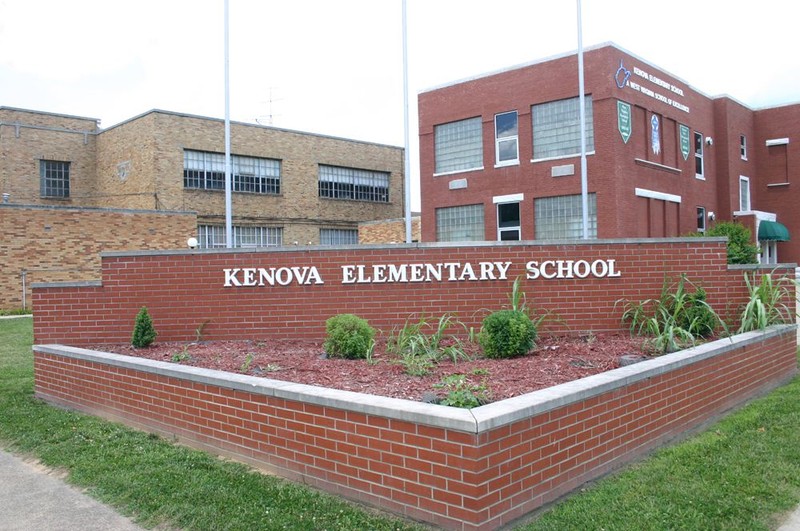
Kenova Elementary School was demolished in January 2018 to make way for commercial development on the property.
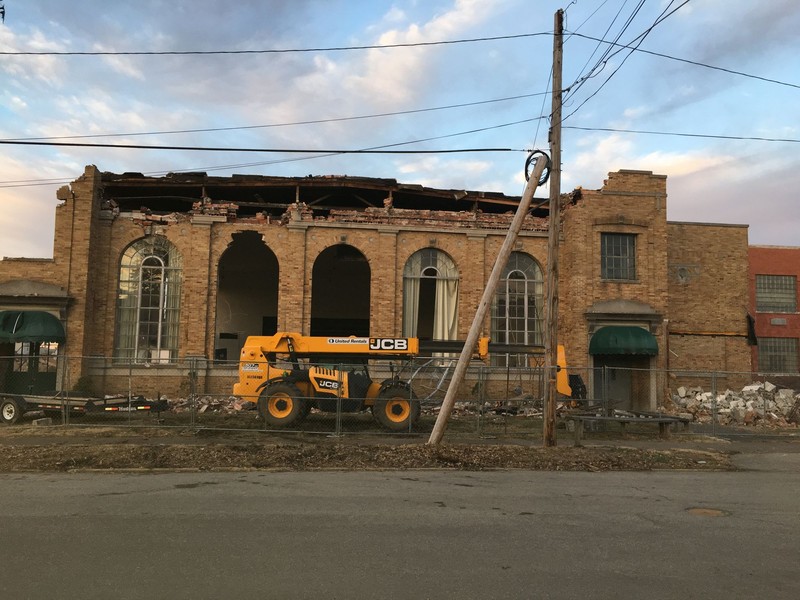
Backstory and Context
Text-to-speech Audio
According to local accounts, the earliest known school in present-day Kenova was in 1813 when a man named Stephen Kelly offered classes in a building near his home. How long this lasted, if it even existed, is uncertain. For much of the 1800s this area of northwestern Wayne County, known as Virginia Point at the time, was sparsely populated and lacked any educational institutions. By the 1880s the nearest school was Ceredo Graded School to the east, while to the south was a smattering of rural one room schoolhouses. The situation changed in 1889 when the Norfolk & Western Railway began construction on the town of Kenova and new residents flocked to the area. Among the many buildings and services needed for the new community was a school to educate the children.
Accounts of the Kenova School for the first three decades are hazy as different sources give different, sometimes contrasting, details. Around 1890 or 1893 a four-room frame schoolhouse was constructed at 11th and Poplar Streets. Local architect S. Floyd Hoard designed the structure and Charles Hazard served as the first principal. This structure was destroyed in a fire in either 1906 or 1910. Soon afterwards a new two-story, ten-room brick school building was built to the north of Poplar Street, between 14th and 15th Streets. The new school sat on a three-acre piece of property encompassing an entire block; it would remain the site of Kenova Elementary for the remainder of its existence.
Enrollment at the school increased as Kenova grew, and by the 1920s overcrowding was forcing some classes to be held at the Kenova Methodist Church. In 1926 a second two-story brick building was constructed to the west of the first. This building contained nine additional classrooms, an office, and a gym with a stage. Around 1942 the first building was destroyed in a fire but rebuilt the following year. Over the next three decades the school was expanded multiple times with new rooms, annexes, and buildings constructed; the 1926 portion remained intact. In 2000 the school underwent a series of exterior renovations. Chain link fencing was removed, sidewalks were replaced, a courtyard was developed, and a brick-enclosed flower garden was erected at the southeast corner in honor of Simpson and Ruth Griffith; Simpson was a longtime member of the Griffith & Feil Pharmacy and Soda Fountain.
In May 2011 Kenova Elementary School abruptly closed due to concerns that a sinkhole present on the property posed a threat to the buildings. Starting the next school year students were housed in a series of temporary modular units on the former Ceredo-Kenova High School football field. The modules were designed to be used for three years, but ended up lasting for six years. In 2014 the Ceredo-Kenova High School building on Beech Street, which had been vacant since closing in 1998, was demolished to make way for a new elementary school building on the spot. The new Ceredo-Elementary School opened in 2017, consolidating students from both Kenova Elementary and Ceredo Elementary. The old Kenova Elementary School complex on Poplar Street remained vacant for seven years, and was demolished in January 2018.
Sources
Ed Adkins Scrapbooks. Ceredo Historical Society Museum.
Massey, Tim R. “Kenova Elementary gets a new look.” Herald-Dispatch. October 26, 2000.
Mendez, Josephine. “Crews demolish Kenova Elementary.” Herald-Dispatch. January 29, 2018. Accessed September 17, 2018. http://www.herald-dispatch.com/news/crews-demolish-kenova-elementary/article_19eab46e-3787-5925-8ec9-4334acce50a4.html
Peck, Frank R. “Early History of Kenova.” Presentation at the Kenova Rotary Club meeting, Kenova, WV, April 26, 1929.
Pierson, Lacie. “C-K Elementary School on track for 2017 opening.” Herald-Dispatch. July 7, 2016. Accessed September 17, 2018. http://www.herald-dispatch.com/news/c-k-elementary-school-on-track-for-opening/article_84d077b4-b032-50e7-9afc-6c8598c81706.html
Stewart, Fay J. “Ceredo-Kenova: West Virginia’s Gateway to the West.” Master’s thesis, West Virginia University, 1942.
Thompson, Robert M. Uphill Both Ways: A History of Wayne County Schools. Self-published, Lulu Press, 2016.
Thompson, Robert M., and Samantha L. Thompson. Aging Wonders: The Birth of Ceredo-Kenova. Self-Published, 2011.
Thomson, C. W. History of Ceredo and Kenova. N.d.
Images 4, 5, 7: https://rs.locationshub.com/location_detail.aspx?id=059-10033629&page=151&user=59&page=rtegzghxpogoivil
